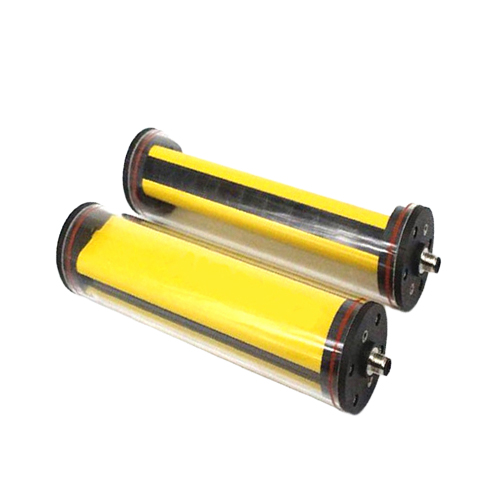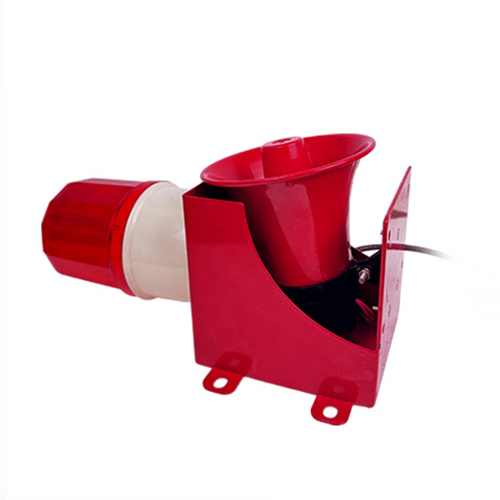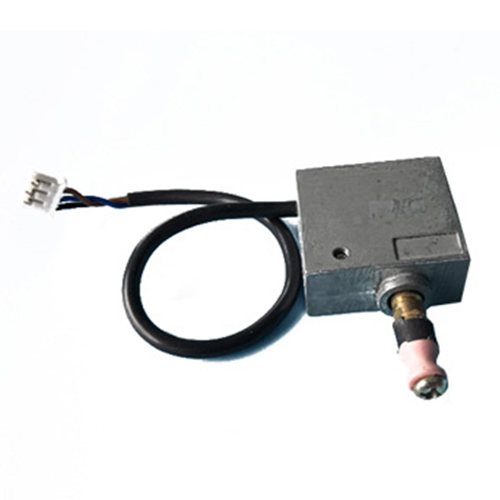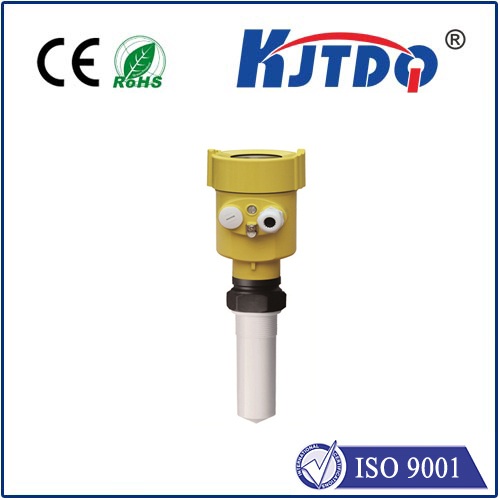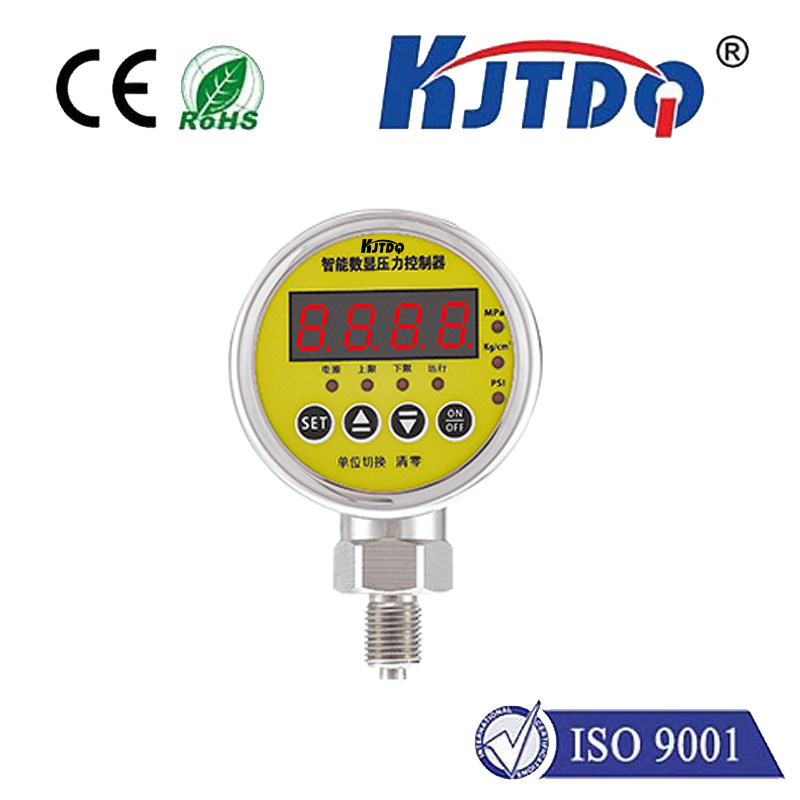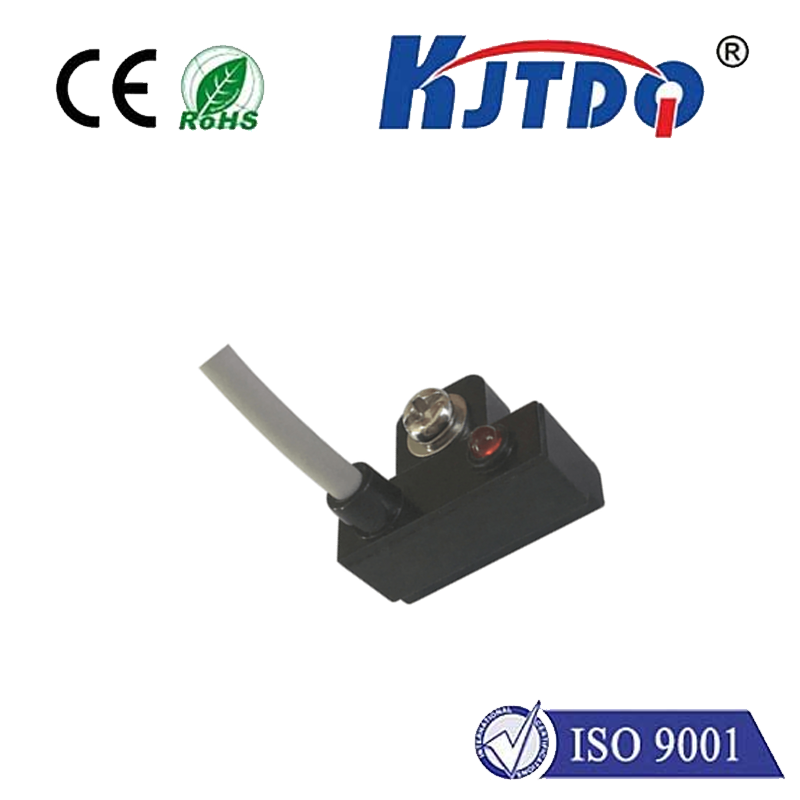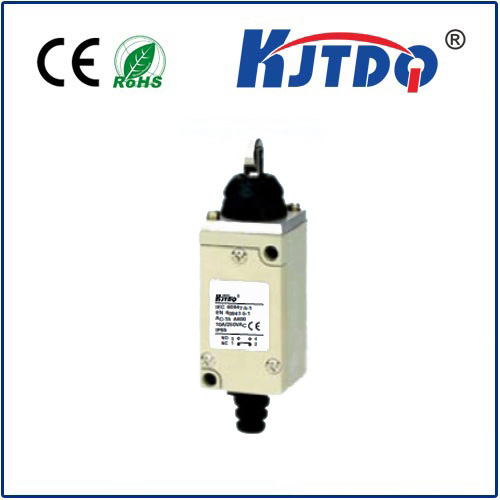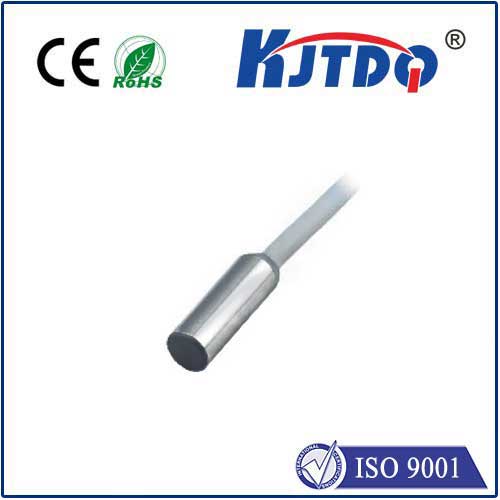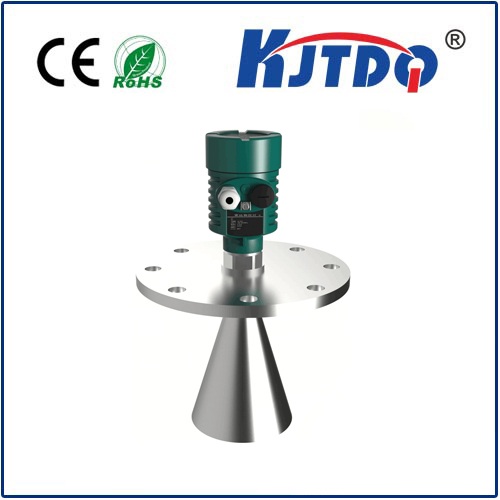

check

check

check

check
Introduction:
Proximity sensors are a vital component of numerous electronic devices, including robots, sensors, and actuators. These sensors detect the presence or absence of objects and provide valuable information to control the behavior of these devices. In this article, we will delve into the technical details of proximity sensors and their applications in NPN and NC configurations.
Section 1: What are NPN and NC Proximity Sensors?
An NPN (Negative-Positive-Negative) sensor is a type of proximity sensor that uses a transistor to measure the distance between two points. The transistor's current increases as an object approaches, causing the base to turn on and emit a signal. On the other hand, an NC (No-Coupling) sensor does not have any external coupling, making it ideal for applications where noise or interference must be minimized.
Section 2: The Working Principles of Proximity Sensors
Proximity sensors work based on the principle of electromagnetic induction, where a change in magnetic field generates an electric current. The sensor emits a magnetic field, and when an object comes into contact with it, it interrupts the magnetic field, causing a change in the sensor's output voltage. This voltage is then used to calculate the distance between the object and the sensor.
Section 3: Advantages and Disadvantages of NPN and NC Proximity Sensors
NPN proximity sensors have several advantages over NC sensors, including higher sensitivity, faster response time, and better accuracy. However, they also have some drawbacks, such as increased power consumption and complexity compared to NC sensors. Similarly, NC sensors offer superior noise resistance but may have lower sensitivity and response time than NPN sensors.
Section 4: Applications of Proximity Sensors in NPN and NC Configurations
Proximity sensors are widely used in various industries, including automotive, healthcare, manufacturing, and robotics. In NPN configurations, proximity sensors are commonly used for object detection and tracking, obstacle avoidance, and gesture recognition. In NC configurations, proximity sensors are employed in applications where high-precision measurements are required, such as distance measurement and depth sensing.
Conclusion:
In conclusion, proximity sensors play a crucial role in many modern electronic devices, providing valuable information about the presence or absence of objects. The technical details of NPN and NC proximity sensors, along with their unique advantages and disadvantages, make them suitable for different applications. As technology continues to advance, proximity sensors are expected to become even more sophisticated and versatile, further enhancing their usefulness in various industries.
